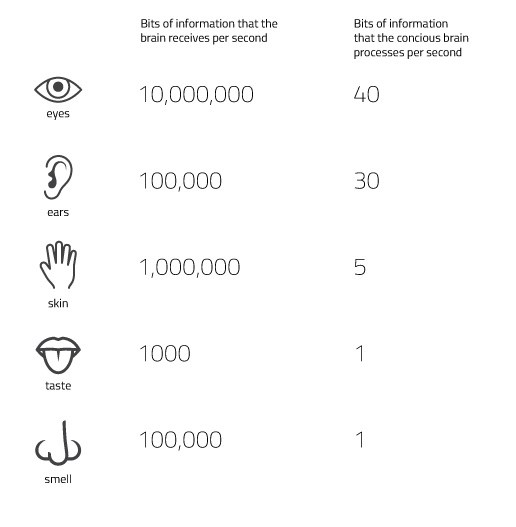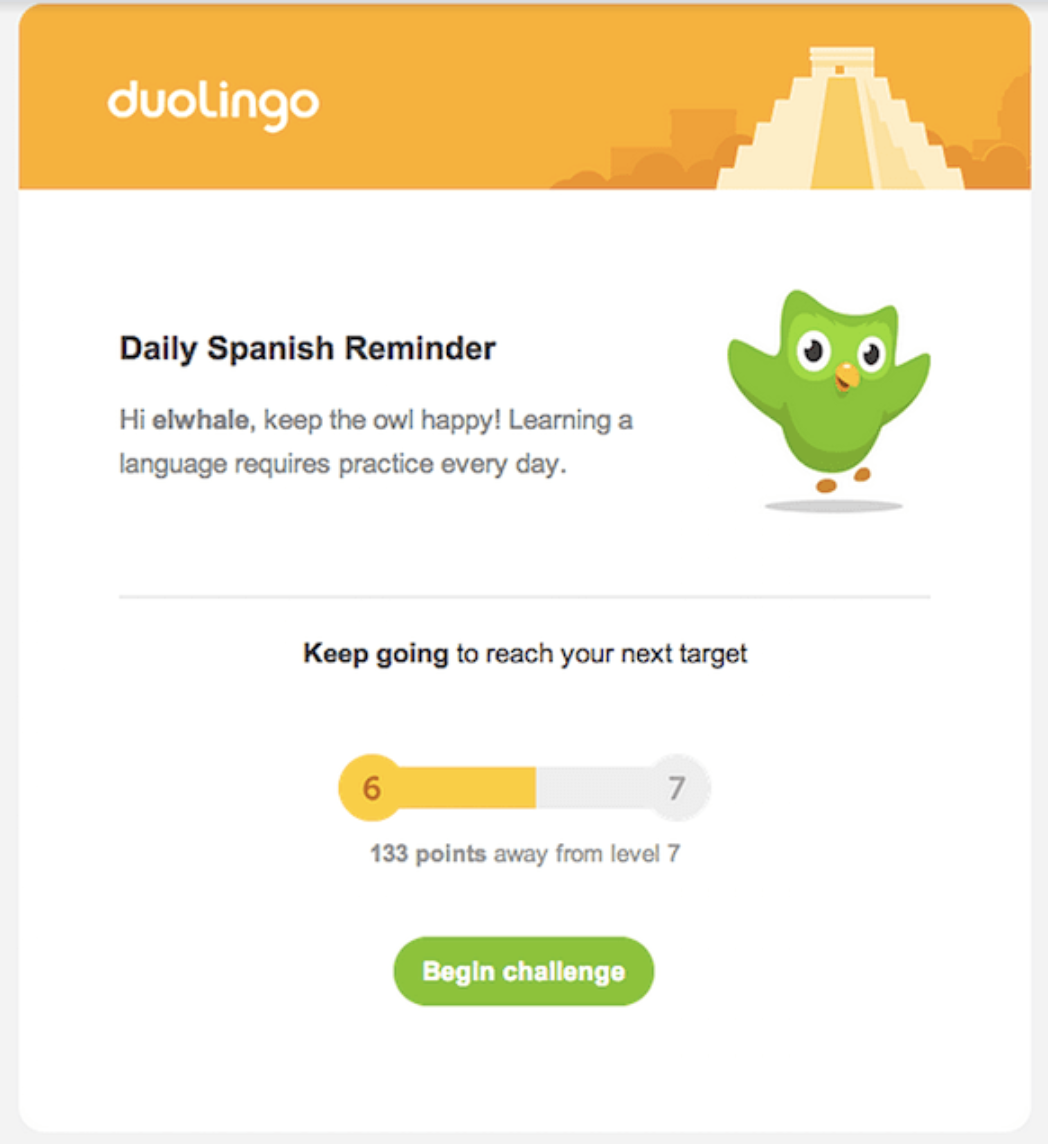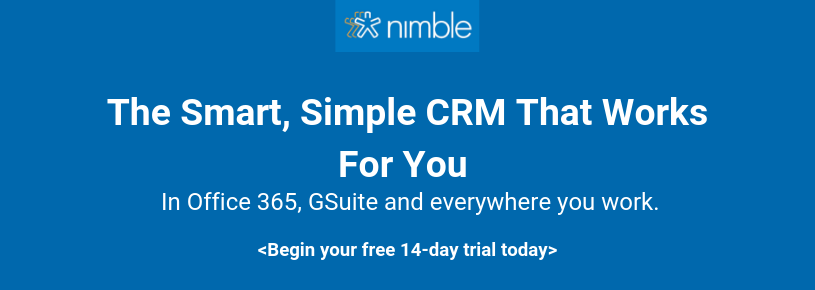Customers who subscribe to your emails, open them, click through, and finally purchase your products or hire your services do so because they have their focus on completing a task to fulfill a goal.
Simply put, this keen focus makes subscribers see and engage with only selective emails, depending upon their interests and objectives at that time.
Wondering what’s responsible for this unique behavior? The answer is selective attention. It is a phenomenon related to unintentional blindness, selective disregard, and change blindness.
What is selective attention?
Selective attention is a process that allows people to focus on a particular object in the environment for a limited period of time. It lets people filter unnecessary details while putting their focus on what matters to them. To put it in other words, selective attention works as a coping mechanism for people to process the information around them.
There is a huge set of sensory stimuli in the world. With selective attention, the brain adapts itself to focus on information or things that are critical at each moment and ignore the rest.
Do you know our eyes receive 10,000,000 bits of information per second? However, a conscious brain has the ability to focus on only 40 bits per second. Here’s a look at the data available around us along with the amount that our brain can process.

So, you see the huge difference between what we see and what we focus on. That’s how selective attention works.
Therefore, it is imperative for email marketers to work hard to grab the customer’s attention. The real challenge lies in understanding which stimuli will people notice.
Remember, people scan their inbox with intent. So, this particular goal prevents them from paying attention to all the emails in the inbox. Rather, they focus on just those emails that have useful elements for the task they need to do. As a result, the brain puts its focus just on useful information.
Before we go ahead, take a look at this video to get a better understanding of the concept of selective attention.
So, did you see the gorilla on the screen? Half of the people watching this video didn’t see the guy dressed up as Gorilla. This was an experiment conducted by Christopher Chabris and Daniel Simons. Here, the participants were asked to watch the video and keep a count of the number of passes people in white shirts made. The gorilla spends a total of 9 seconds on the screen. However, most of the people could not see this disruptive intrusion as they were focussed on counting the passes.
And, if at all, you saw the gorilla, you would certainly not observe when the curtain changes its color from red to orange. You won’t even notice the player in black leaving the game. This is what selective attention is all about – making people notice stimuli that are related to a current need.
Now, since you know it all about selective attention, the primary question is how is it going to affect your email marketing campaign? In this context, you must know that selective attention makes subscribers ignore important links and sections of an email, thereby making it hard for them to convert. Simply put, it can affect your email open rates and conversion rates drastically.
Here’s a broader look at it:
How selective attention affects email marketing
Banner blindness
When subscribers open your email and find content displayed in the form of a banner looking design, they tend to ignore it. Even if they land on your website or landing page for completing a task, they will ignore elements that resemble banners. This happens because the brain has an expectation of finding an ad on banners and perceives it as a distraction from the completion of a task. Take a look at the gaze plot and heat map visualization of the brand TELE2. It reveals how subscribers ignore special offers because of banner blindness.
Right Rail blindness
When a visitor opens your email, they will mostly ignore the information displayed on the right side. This happens because they are used to finding ads in the right column. Moreover, since we read from left to right, the information mentioned on the right side often tends to get ignored because of the right rail blindness.
Change blindness
While visual changes catch a visitor’s attention instantly, the change might go unnoticed if it comes with any kind of interruption. This happens because the brain has a tendency to replace the new visual field through a mental representation of the old field.
These interruptions could be anything between page flickers, blinking of the eye, the page reloads and saccades between the gazes.
Moreover, with the emergence of mobile screens, the right column anyway is on the verge of disappearing. This, in turn, might make people lose out on important information that you displayed on the right side, thereby affecting your conversion rates.
Search behavior
Subscribers who open your email and visit your website will have two kinds of behavior – search and navigation dominant behavior. While search dominant subscribers will head towards the search bar and ignore other ways of finding information on your website, navigation dominant users will ignore the search option and try menus and links to navigate through your website.
Both these behaviors can affect your conversion rate. If a search dominant subscriber can’t find the search option within your website, they will leave without converting. If a navigation dominant customer can’t find your menus and navigation, they might as well leave before converting.
That’s how selective attention can affect your email marketing campaign. So, how can you overcome this challenge? By making your email design strategy top-notch. Remember, the better you understand your subscribers, the better will be your chances of catering the issue of selective attention and optimize your email for conversions. Here’s everything you need to know about it.
How to overcome the challenges of selective attention through email design
Focus on your subscriber’s goal
You must determine your subscriber’s goal when they open your email and go to your website. Start by collecting data about them and keeping a close check on various criteria such as sales funnel position, browsing history, past purchases, and more. In short, you must know why they visit your brand and how they browse and convert.
Once you know these details, the next step is to analyze your email design. Make sure your email design highlights easy paths for both search and navigation dominant subscribers. Further, you must access if the information architecture within your email makes sense to your subscribers. Make the necessary changes if you observe that a different structure can help them find the right information faster.
Work on decluttering and make use of white space
You can help your subscribers focus on the right information by:
-
Decluttering and reducing the noise
According to a study, as the number of icons increases on-screen, the intensity of change detection decreases. Therefore, it is a proven fact that decluttering is a great way of combating change blindness.
-
Using white space in abundant form
Making extensive use of white space assists the subscriber’s brain to understand, interpret, and break down the email content into easy-to-read information. This, in turn, gives them a clear idea about what your brand is trying to say. See how Duolingo does a good job of using white space. The neat layout of the email would convey the message clearly and encourage the reader to take the challenge.

Incorporate banner and right column content with care
As mentioned already, people tend to ignore banners and right column content. So, keep these points in mind before incorporating banner and right column content:
- If you have critical information to share in your email, avoid designing it in a banner form. The chances of such content getting attention are less.
- Go through usability studies to know how your subscribers use the right column on your website when they open your email and visit it. Once you can get an idea of the user’s behavior, adjust the column accordingly.
- If, at all, you are including banners within your website, position it away from critical information that your subscribers might need to access when they visit your brand.
Include functional animation
Functional animation works wonders in drawing the subscriber’s attention and explaining the changes that take place on the interface. However, make sure your animation serves the purpose of garnering the attention of subscribers and helps them in accomplishing their task. See how Adidas does it like a pro.

Make use of visual hierarchy
After understanding your subscriber’s goal, work towards organizing your content in a better way. It will help the subscribers in accomplishing their task seamlessly.
This is where the visual hierarchy comes into the picture. It works towards organizing information to assist subscribers in the detection of the section, link, or button they need to put their focus on for achieving their goal. In this context, you can opt for the following strategies to do the needful:
- Opt for F and Z shaped reading patterns.
- Put your attention on elements such as size, color, contrast, alignment, repetition, proximity, white space, texture, and style. These elements can affect visual hierarchy.
Here is a great example of a visual hierarchy from Invision. See how the information is flowing in the form of an inverted triangle. While the general information is at the top, the message narrows down gradually towards a strong CTA.
Wrap up
Selective attention might look like a barrier for email marketers who want to nurture leads and convert subscribers into loyal customers. However, if you follow these email marketing tips and ace the skills of directing your subscriber’s attention towards fulfilling their goal through your email content, you can accelerate your conversion rate like never before.
Just follow the above-mentioned points and design your emails well to overcome the challenges of selective attention.


